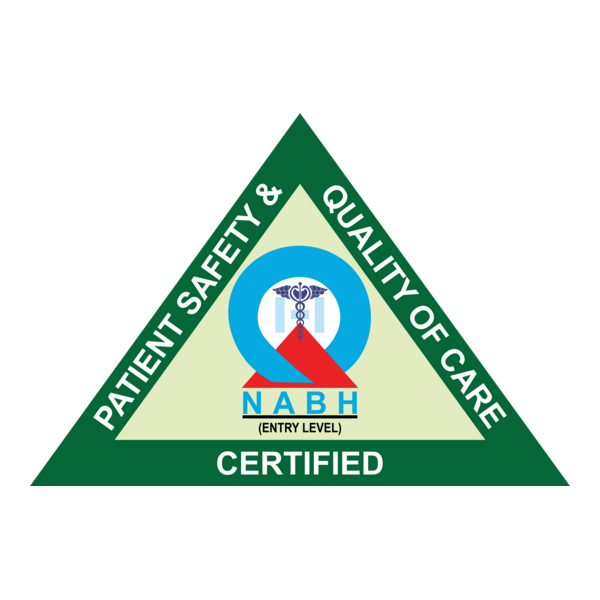Glaucoma Detection & Care
Definition
Glaucoma is a group of eye conditions that damage the optic nerve, often caused by increased intraocular pressure (IOP) inside the eye. If untreated, it can lead to irreversible vision loss or blindness. Glaucoma detection and care involve early diagnosis, regular monitoring, and appropriate treatment to preserve vision and prevent progression.
Purpose of Glaucoma Detection & Care
To identify glaucoma early before significant vision loss occurs
To preserve optic nerve health and maintain vision
To prevent complications such as blindness from advanced glaucoma
To improve overall quality of life by managing eye health
Methods of Detection & Monitoring
Tonometry
Measures intraocular pressure (IOP) in the eye
Helps identify elevated eye pressure, a key glaucoma risk factor
Ophthalmoscopy
Examines the optic nerve for damage
Detects early structural changes in the optic nerve
Perimetry (Visual Field Test)
Maps blind spots or vision loss areas
Monitors disease progression over time
Gonioscopy
Evaluates the drainage angle of the eye
Determines the type of glaucoma (open-angle or angle-closure)
Optical Coherence Tomography (OCT)
Creates detailed images of the optic nerve and retina
Helps in tracking changes in optic nerve fibers
Care and Treatment
Medications
Eye drops or oral medications to lower intraocular pressure
Laser Therapy
Procedures like trabeculoplasty improve fluid drainage from the eye
Surgery
Trabeculectomy or implant procedures to control eye pressure when medications are insufficient
Lifestyle & Regular Monitoring
Maintain routine eye exams
Avoid activities that excessively increase eye pressure
Healthy diet and exercise to support overall eye health
Benefits of Glaucoma Detection & Care
Prevents further vision loss
Preserves peripheral and central vision
Improves quality of life through timely management
Reduces risk of blindness from untreated glaucoma


